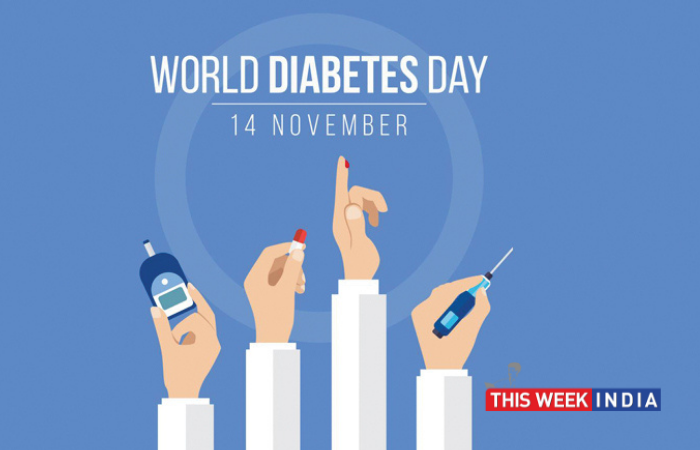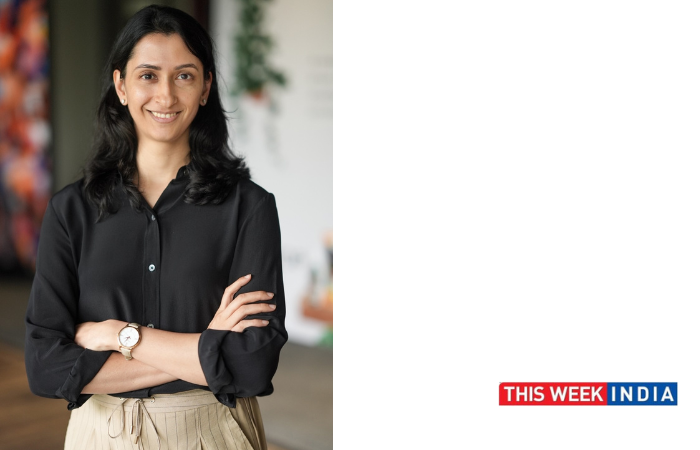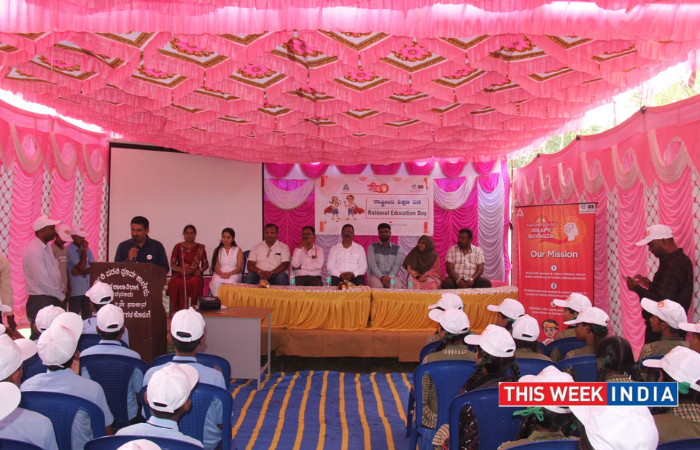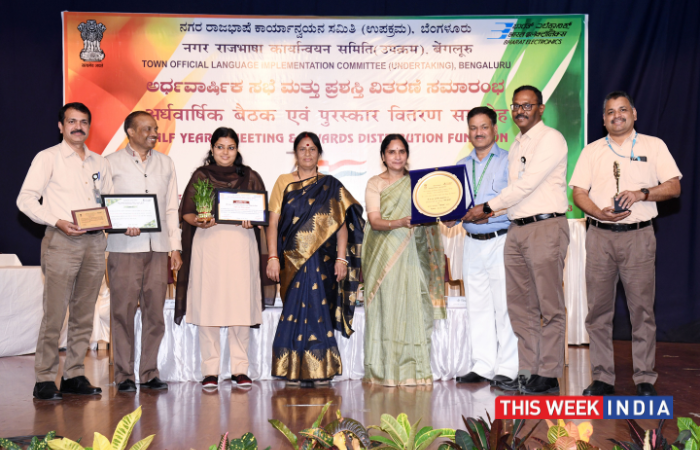- One in 3 people with diabetes have some degree of Diabetic Retinopathy, with younger population being increasingly vulnerable to early vision-loss1
- Diabetic Retinopathy or Diabetic Macular Edema (DME) are chronic, progressive retinal diseases; if untreated, can lead to irreversible loss of eyesight
- Routine screening is key to enabling timely diagnosis and disease management
Bangalore, November 11, 2021: With over 77 million people with diabetes in India, the country has emerged as the diabetes capital of the world. As a reason, a simultaneous and sharp rise has been observed in the prevalence of diabetes-related preventable vision loss. It is estimated that ~ 1.1-crore people are suffering from retinal disorders in India and more alarmingly, about one in every three people living with diabetes have some degree of diabetic retinopathy2, a diabetes complication that affects eyes.
Dr. Mahesh P. Shanmugam, Head VitreoRetina & Ocular Oncology, Sankara Eye Foundation India, said, “Young adults developing diabetes may have double the risk of developing diabetic retinopathy. It is preferable not to wait for symptoms to occur in diabetics, cause by the time symptoms occur, the disease may be reasonably advanced. The earlier we diagnose and start treating, better are the chances of maintaining good vision. It is best to start eye checkup as soon as diabetes is detected, particularly in type 2 diabetics. The frequency of eye checkup in initial stages of diabetes can be limited to once a year. A frequent checkup is required with people suffering from longer duration of diabetes or in special circumstances such as pregnancy.”
Young population suffering from Juvenile Diabetes (Type 1 diabetes) are vulnerable to diabetic retinopathy, especially if they have diabetes for over 10 years. Even people suffering from Type-2 diabetes are at a risk of losing their eye-sight due to onset of diabetes-related retinal diseases.
“As the young adults are at their productive best, diabetic eye disease can have a serious economic impact on the individual and family. Their productivity is impaired, employment can be in jeopardy and the cost of care can be a serious burden to the young family. Diabetic eye disease in young has much wider ramifications than one’s vision.,” he added.
DME is the most common form of diabetic retinopathy, which arises when the damaged blood vessels swell and flow into the macula of the retina causing visibility issues in the normal vision. While medical advancements have made treatments easy and effective, it is the delay in diagnosis that leads to a high percentage of diabetic retinopathy cases. Experts opine that lack of compliance is a major limiting factor in ensuring universal coverage of systematic screening; a recent report revealed that nearly 70% of patients with diabetes never had their eyes screened for diabetic retinopathy2.
On being diagnosed with diabetic retinopathy, it is important to adhere to the treatment and maintain a healthy lifestyle to effectively manage diabetes and to prevent the onset or progression of eye diseases.








